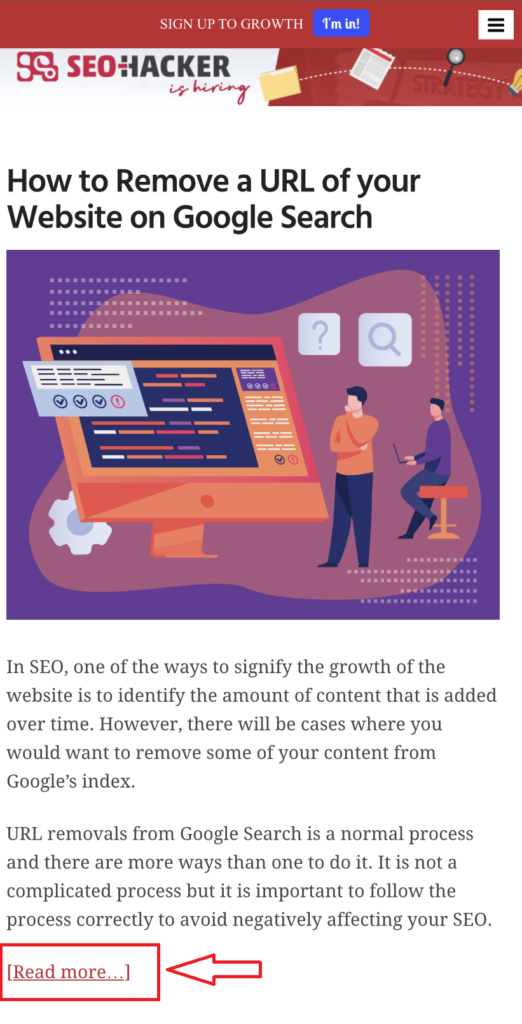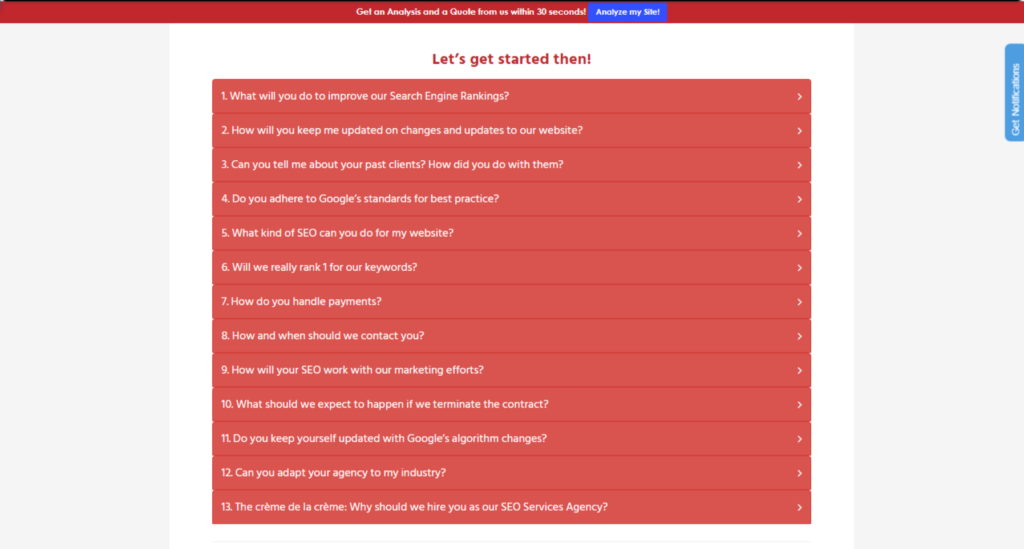How to Use Hidden Text for SEO
Hidden text is widely known to be a black-hat practice hated by Google simply because it’s spammy and manipulative. It makes use of methods to primarily deceive the crawlers to hopefully make a page rank better. This is a very old technique that was abused a few years back. Since times have changed, Google has multiple algorithms and security checks in place to make sure that websites making use of this spammy tactic get penalized as soon as possible. However, there are fine lines between spammy hidden text and hidden text meant to improve the experience of the users inside your site. The latter being a great practice that could take your SEO to new heights. Let’s talk about that here.
What is Hidden Text?
Hidden text means that a webmaster intentionally hid text that isn’t visible for the visitors but crawlers could view it as being the actual content of the page. The reasoning behind this is because spammers and black-hat SEOs intended to take advantage of the simple ranking algorithm back in the day where they would create content meant to convert the users while serving a keyword-heavy and stuffed piece of content for the crawlers in hopes of making their page rank better.
Since the algorithm was very simple and straightforward back then, a lot of black-hat strategies came into fruition during that time. Hidden text is one of the more famous ones. It’s a simple act of deception that usually works if done properly. But the tactic isn’t applicable today since the algorithms have evolved to a much more complex and concept-focused approach than the simple and text-focused approach it used to take.
Strategies Making Use of Hidden Text for SEO
The reason why I’m writing this article is because the SEO Hacker blog uses some type of hidden text. Even for some of our landing pages, there are instances where we use a type of hidden text.
Don’t misunderstand, we’re not using the spammy kind of hidden text. What we’re using is a tactic that improves dwell time, pageviews, sessions, etc. We purposely make some of our content not visible to encourage more clicks and for the users to spend a longer time on the website. Although this wasn’t our initial intention, it became an integral part of our homepage design. Here’s what it looks like on mobile:

This does not seem as hiding text at first sight because it’s not. It’s us, making text not visible instead of hiding it. There’s a clear distinction between initially making text not visible while intentionally hiding content altogether. What we’re doing is making the text not visible immediately but the user can access the content if they click on the [Read more…] button. If this was a type of spammy hidden text, we’d hide the content altogether and not give users a chance to view them.
Some SEOs might argue that this is still hiding text. But what people often forget is that hidden text becomes spammy once there’s manipulation and deception played – when there’s a clear difference between what the crawlers see and what’s visible to the users.
Here’s another example of making content not visible to the users:

This accordion is a part of one of SEO Hacker’s landing pages. If a user clicks on the arrow, it opens it up and shows a comprehensive piece of content that answers the questions displayed. This could be understood as hiding content as well. Google also confirmed a few years back that they still index content inside an accordion-style design.
While this still is an accepted form of “hidden” text and still works as intended, we decided to remove the accordion-type content altogether and fully augment that specific landing page. It wasn’t a problem with the hidden text, but we believe that content is easily more crawlable when it’s immediately accessible.
Key Takeaway
Although the traditional kind of hidden text still retains its spammy and manipulative nature, innovations on design and development have led to a more effective UI/UX making use of the meaning of “hidden text”.
We all know that Google has been pushing for a mobile-first index for quite a few years now and we do believe that practices making use of hidden text for mobile websites enable webmasters and SEOs to improve their site’s UI/UX. Let’s take this blog’s homepage as an example. If we only displayed the cover photo and title, users won’t be attracted to click on a specific blog post. Meanwhile, if we display the blog posts’ whole content, it would give the users a much harder time to find a specific blog post they’re looking for. The balance that makes the content not visible but still accessible allows our mobile website to attract readers almost as much as our desktop website.
Hidden text may have started as a spammy and manipulative tactic but with enough time and heart for innovation, it has become something useful for both the webmasters and the users. What do you think about hidden text? Do you use it on your website? Let me know in the comments below!
